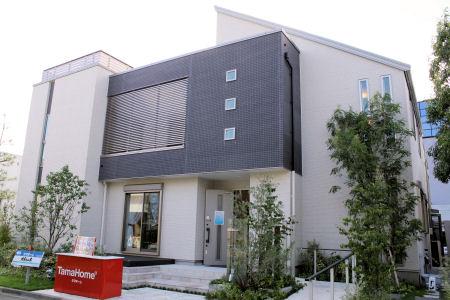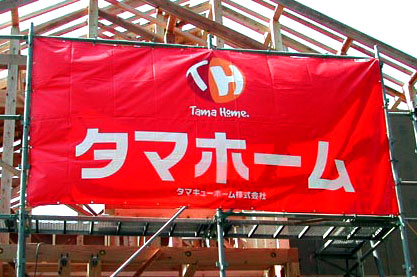I've learned quite a bit from all of our discussion of katakana over the past few weeks. I learned some in class, some from comments on my blog, and some from reading other students' blogs. Here's a summary:
First and foremost, katakana can be used in a huge number of settings. Obviously it is used for loanwords and in advertisements, but it can also be used in things like anime for onomatopoeia. Furthermore, it is often used in scientific contexts; many elements from the periodic table and names of species are written in katakana.
Often, then more important question is not
where katakana is used, but rather
how and
why it is used. What is the creator of the work trying to convey by using katakana instead of hiragana or kanji? This brings me back to my original katakana examples.
There seemed to be a consensus in the comments that katakana is used here both because katakana is often used in advertisements and because of katakana's association with Western culture, of which this movie is an example. Something that several commenters noticed that I neglected to mention is the fact that 'Mr.' is written in romaji, with the katakana equivalent written in small letters above it. This seems to provide an even stronger connection to the Western world.
It was brought to my attention that the 'タマ' in this advertisement is not in fact a reference to the region of Tokyo, but rather part of the name of the founder, Mr. Tamaki. This is clearly a Japanese-origin name and therefore could be written in either hiragana or kanji. However, I think it's written in katakana to make the company name more aesthetically pleasing (keeping one script rather than mixing several) and to emphasize the modernity of the company:
 |
| A house built by タマホーム |
Overall, I think katakana is used so frequently in advertisements because it draws the reader's attention. It's different and can be used in much the same way that italics are often used in English advertisements. In other contexts, such as for onomatopoeia, it is used to convey sounds which don't technically comprise words so that readers won't try to read it as a real word.
One interesting point that I read on someone's blog is that sometimes katakana loan words are abbreviated when translated into Japanese to the point that speakers of the language from which the words came cannot recognize them. For example, 'air conditioner' in Japanese is エアコン, but no English speaker would recognize the word 'eicon.'


